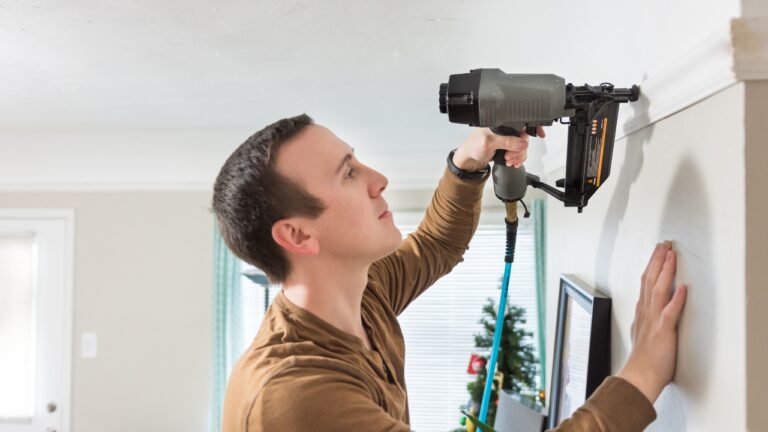12 Ways to Style Your House Like It’s Straight Out of Leave It to Beaver
The Cleaver house from Leave It to Beaver is what most people picture when they think of classic 1950s family living. It was neat, traditional, and full of little touches that made it feel both polished and welcoming. You don’t have to time-travel or remodel your whole place to capture that look.
By focusing on a few small details, you can style your house so it feels like it came straight out of that black-and-white TV era—tidy, warm, and effortlessly put together.
White Picket Fence

A white picket fence is one of the most recognizable features of 1950s suburbia. Even a short run in front of your porch or around the entry walkway can give your home that same welcoming feel.
You don’t need expensive wood fencing—vinyl options are durable and require less maintenance while keeping the look. Pair it with trimmed hedges or flower beds along the line, and you instantly get that classic Leave It to Beaver curb appeal.
Breakfast Nook for Everyday Meals
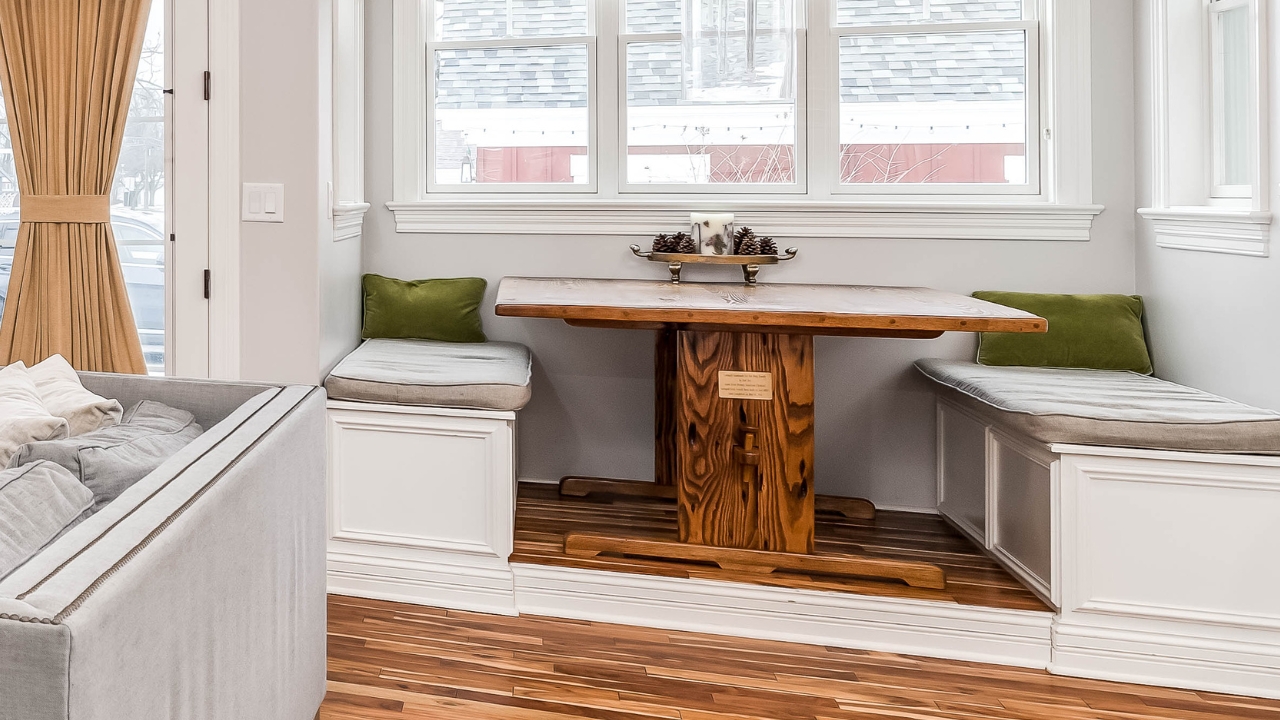
The Cleavers were always gathered around their kitchen table. Creating a breakfast nook or a small corner table captures that cozy, everyday routine.
Even if you don’t have a built-in nook, a round table with a couple of chairs tucked in near a window has the same effect. Add a tablecloth or placemats for a more traditional touch, and you’ll start to feel that family-centered atmosphere.
Curtains with Valances

Windows in the Cleaver house weren’t bare. Café curtains and valances were a staple, adding softness and pattern to every room.
Today, you can bring back that detail with light fabrics in small checks, florals, or stripes. They add privacy while still letting natural light filter through, which keeps spaces feeling bright and homey.
Mantel with Thoughtful Décor

The fireplace mantel was always dressed with small touches—candlesticks, clocks, or framed photos. It wasn’t cluttered, but it was styled with intention.
Adding symmetry with a pair of matching accents and anchoring the center with a personal item captures that polished, traditional look. It’s a small step that makes a big difference in how your living room feels.
Tidy Front Entry
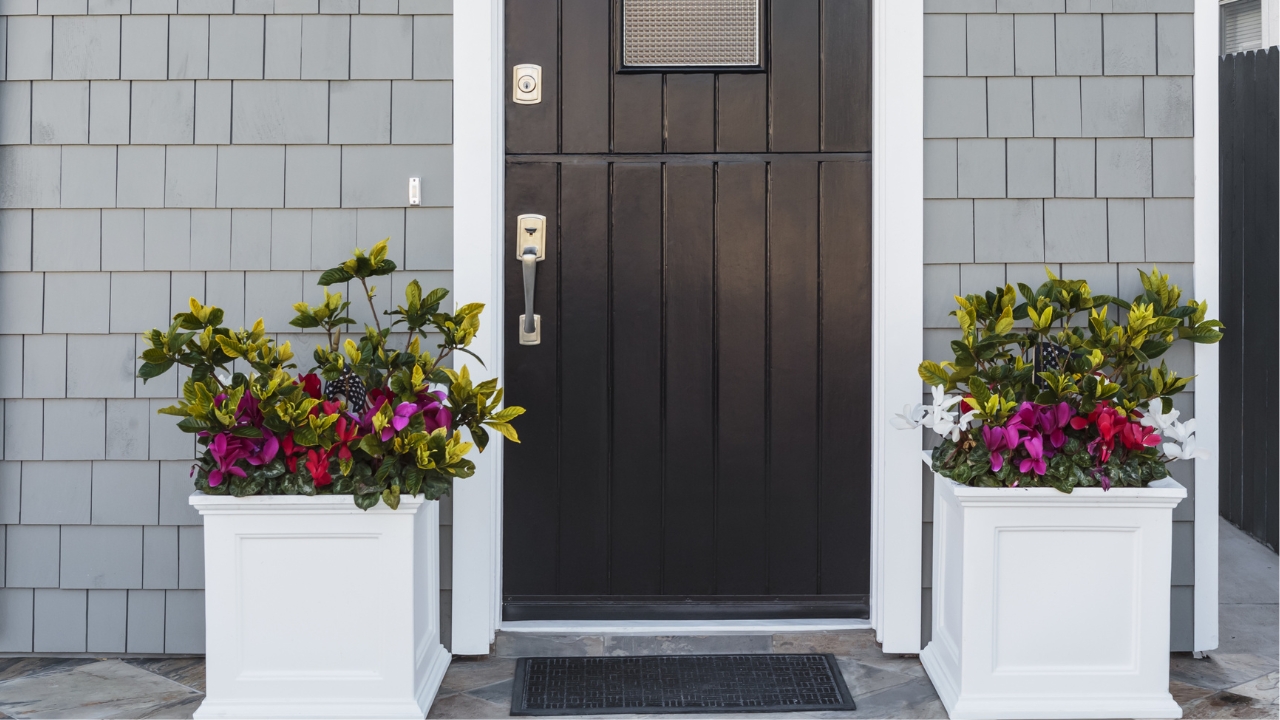
The Cleavers’ home always gave a good first impression. A swept porch, a fresh doormat, and a polished front door handle were small but important touches.
You can copy this by keeping the entry clear of clutter and adding one or two potted plants to frame the door. It makes your home feel inviting before guests even step inside.
Neatly Kept Lawn and Shrubs

The lawn was a symbol of pride in the 1950s. Keeping the grass mowed and the shrubs trimmed gave the whole house a cared-for look.
Even if you don’t want a high-maintenance yard, basic upkeep goes a long way. Edging flower beds, trimming hedges, and keeping weeds down all contribute to that same tidy, classic style.
Built-In or Faux Built-In Shelving

Storage was part of the Cleaver home’s charm. Built-in shelves lined with books and family items added a sense of permanence and tradition.
If you don’t have built-ins, you can mimic the look by painting freestanding shelves to match your trim. Neatly arranging books with a few family photos or heirlooms gives off that same polished effect.
Matching Table Settings
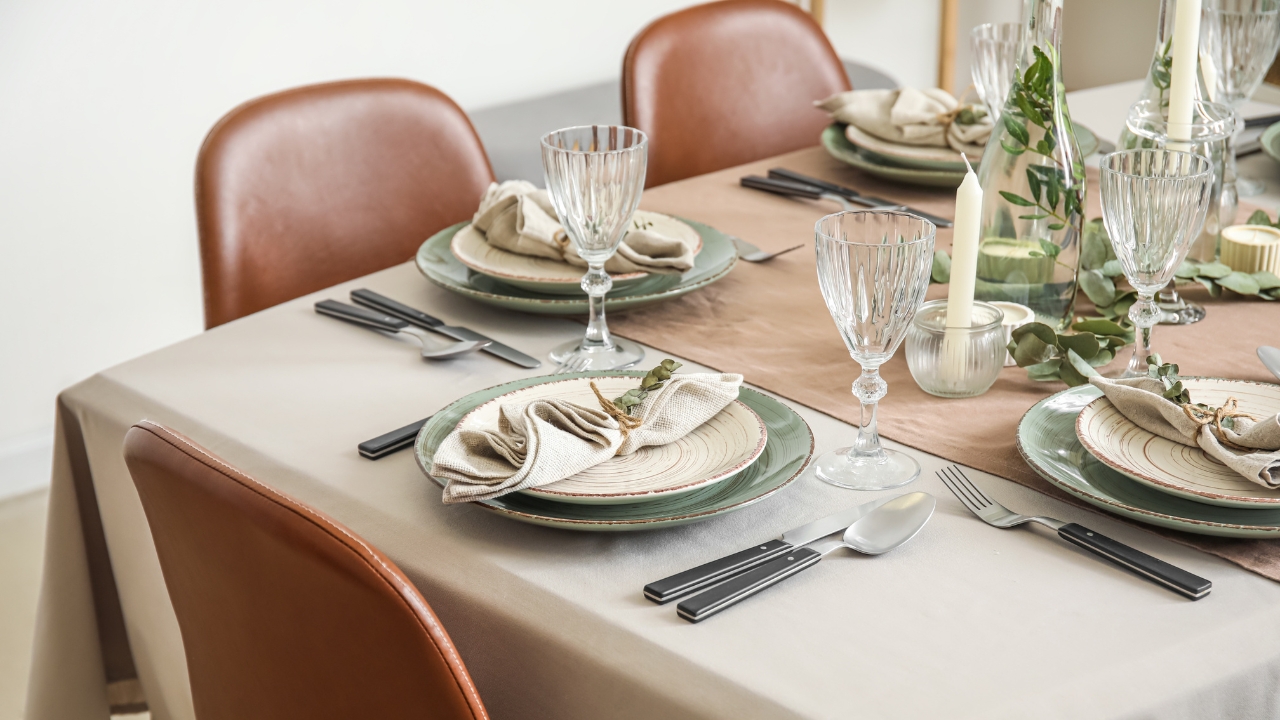
Family meals in the Cleaver house always felt formal compared to today’s standards. Matching dishes, flatware, and even cloth napkins made dinner time special.
Bringing this back doesn’t mean every meal has to be fancy. Keeping one matching set for weeknight use creates that same sense of care and elevates the table without much effort.
Wallpaper in Small Prints
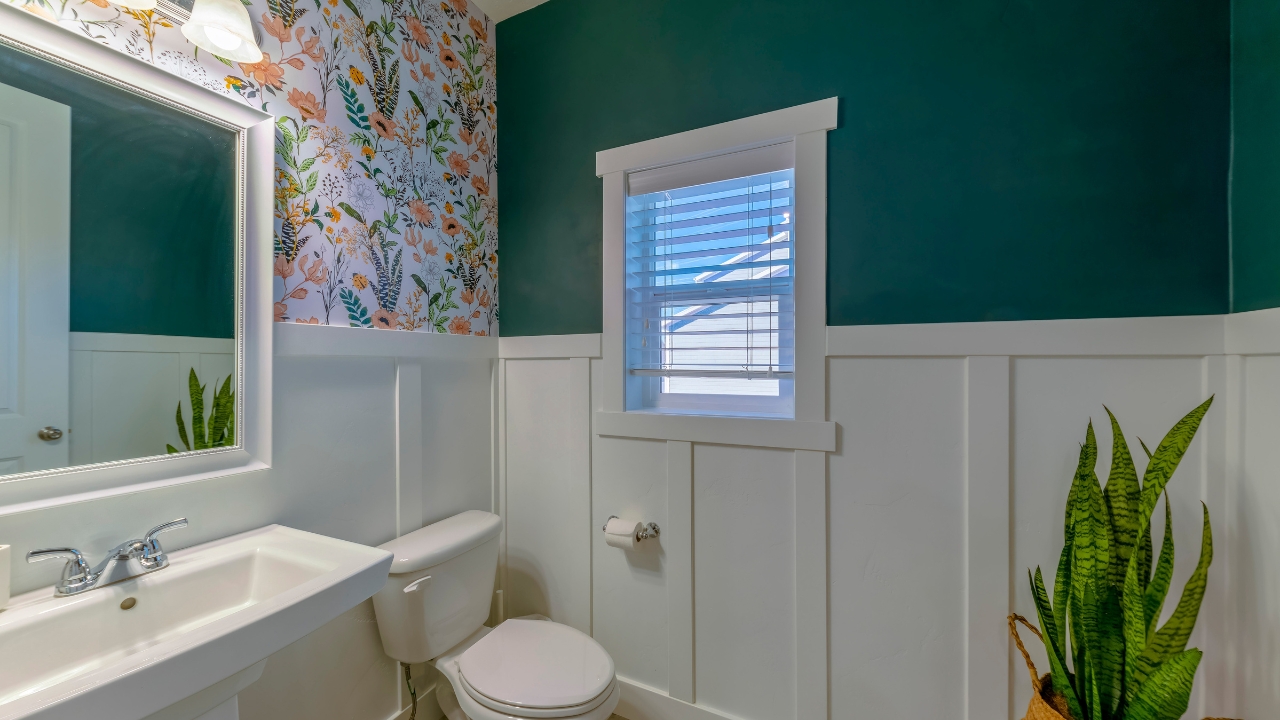
Floral and striped wallpaper was everywhere in the 1950s. It was used in dining rooms, bathrooms, and hallways to add pattern and personality.
Today’s peel-and-stick options let you experiment with those same looks without committing long-term. Small, balanced prints are true to the era and give a space that classic mid-century charm.
Symmetry in Furniture

Rooms in the Cleaver house often featured matching lamps, chairs, or tables to create balance. That symmetry made spaces feel orderly and refined.
Try pairing two identical end tables with lamps on either side of a sofa or two armchairs across from each other. These setups feel instantly more traditional and polished.
Organized Kitchen Touches

The kitchen was the hub of family life, and it always looked orderly. Recipe boxes, bulletin boards, and neatly arranged supplies made it practical and efficient.
Bringing that energy into your own kitchen can be as simple as keeping counters clear and organizing utensils in matching containers. It’s those small systems that make the whole space feel cared for.
Traditional Color Palette

The Cleaver home leaned on soft, muted colors—light blues, creams, and pale greens. These shades made the rooms feel calm and comfortable while keeping the look classic.
Painting walls or adding accessories in these tones gives your home that same timeless atmosphere. It’s a subtle change, but one that creates a big shift in how a space feels.
*This article was developed with AI-powered tools and has been carefully reviewed by our editors.



